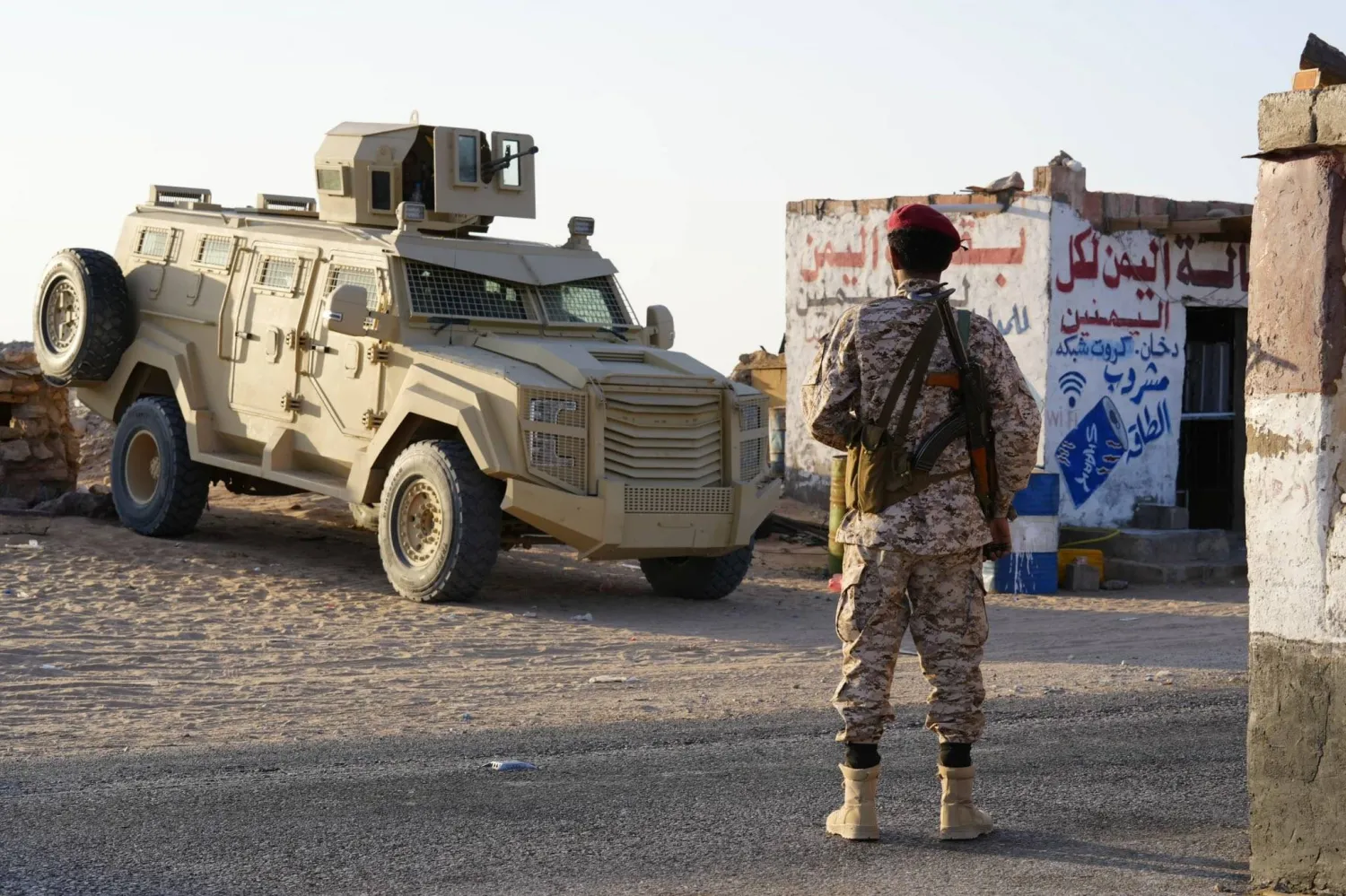Turkish forces and its loyal factions stepped up Tuesday their missile strikes in the vicinity of the town of Ain Issa, which is under the control of the Syrian Democratic Forces (SDF) in the northern countryside of Raqqa.
The exchange of fire between the SDF and Turkish-backed factions coincided with an infiltration attempt by Turkish-backed factions into SDF posts in the village of Maalak near the M4 road.
Turkish forces also shelled the towns of Sayda in the same area, the Syrian Observatory for Human Rights (SOHR) reported.
The clashes were accompanied by an exchange of fire, amid confirmed reports of casualties.
Also, Turkish forces and proxy factions shelled positions in Ain Issa, where several shells fell near a Russian post in the area.
According to SOHR, after Turkey conducted a cross-border attack into northeastern Syria in October 2019, Russia reached a ceasefire deals with Ankara, which allowed Turkish troops to control the area between Tal Abyad and Ras al-Ain.
However, Turkey continues to periodically target areas held by the Kurdish-led forces.
For her part, Head of the Syrian Democratic Council (SDC) Ilham Ahmad earlier called on Russia and the US to prevent further Turkish attacks, warning of a possible new Turkish operation near Ain Issa.
She highlighted unprecedented escalation in Tal Tamer and Ain Issa by Turkey in a statement she posted in Twitter.
“We hold the guarantor countries [to] the responsibility to bind Turkey to ceasefire agreements,” she stressed in her statement,
Meanwhile, SOHR sources reported that Syrian regime forces have renewed ground bombardment on areas in the Idlib countryside, targeting with rocket-propelled grenades al-Fatira, Kansafra, Safohin, Benin, Ruwayha, Madlia, Kadoura and other areas in eastern and southern Idlib provinces.









